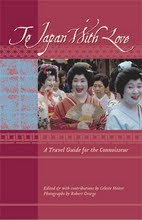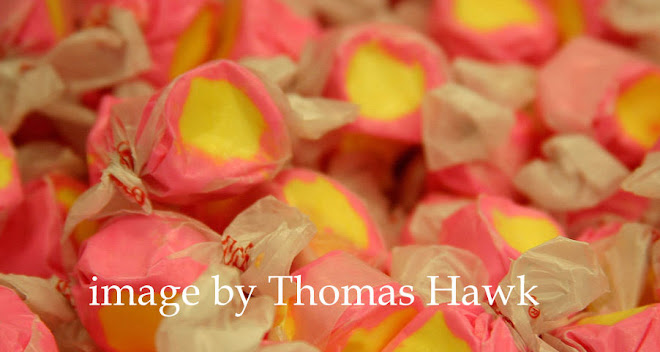Little brother received this creche when he graduated from Japanese kindergarten at age 5. He went to a Catholic kindergarten. All of the students were Japanese. I'm not sure if any of them were Catholic.
Big Sister received this plaque when she graduated from the same school. We have used both every Christmas since they received them.
Big Sister and I have gone to "The Nutcracker" every year since she was four. It is performed by the Matsuyama Ballet Company. Little Brother went once, but he was not interested. He stays with Baba when we go. This is the ticket from last year. (I couldn't find this year's ticket.) There is only one performance in our area. It is early in the month.
At the end of the performance, the dancers came out to take a bow. They started tapping their feet. They scattered as the music began to swell into Beethoven's Ninth Symphony. They do this every year. (Click
here to read a story written by some children from Bando, Japan. It is about the history of the Ninth symphony in Japan.)
The dancers came out in groups to take their bows as the Ninth Symphony was played. The music moved into other Christmas carols. Some dancers came out and did a little jig. Some came in sleighs or on the backs of reindeer. A big banner that read "Happiness to All People
s Everywhere" was lowered with confetti.
At the very end the dancers all lined up on stage. The orchestra played "Silent Night". In the past, the dancers and the audience sang it in Japanese. This year the dancers stood with their heads bowed. They slowly moved forward closer to the audience. They gradually raised their hands into prayer. It was very touching.
Here are the lyrics to "Silent Night" in
romaji , the roman alphabet. I put the English words under the first verse so you can see how to phrase it while singing. I hope it helps. It is not a word for word translation so please don't think that "
shi" means night in Japanese, etc. Check the links section for Dr. Bestor's pronunciation guide or the one on Kids Web Japan. I then wrote the first verse with the 2nd and 3rd verses so you can see the Japanese words written as they should be in
romaji.
Kiyoshi Kono Yoru
ki--yo shi Si--lent night
ko no yo ru Ho-- ly night
ho shi waAll is calm
hi ka riall is bright
su Round
kuyoung
i-- no Vir--gin
mi--koMoth- er and
wa, Child,
ma bu ne--- Ho-- ly In--fant
noso
na--ten-der
ka niand mild
ne -- Sleep
mu ri-in heav-
- - taen-ly
mou-- (this "u" means the "o" is long)
peace,
i--
sleep
to ya--in heav-en
su ku---ly peace--
1. kiyoshi kono yoru hoshi wa hikari
sukui no miko wa mabune no naka ni
nemuri tam
ou ito yasuku (this "u" means the "o" is long)
2. kiyoshi kono yoru mitsuge ukeshi
makibitotachi wa miko no mimae ni
nukazukinu kashikomite
3. kiyoshi konoyoru miko no emi ni
megumi no miyo no ashita no hikari
kagayakeri hogaraka ni





























































